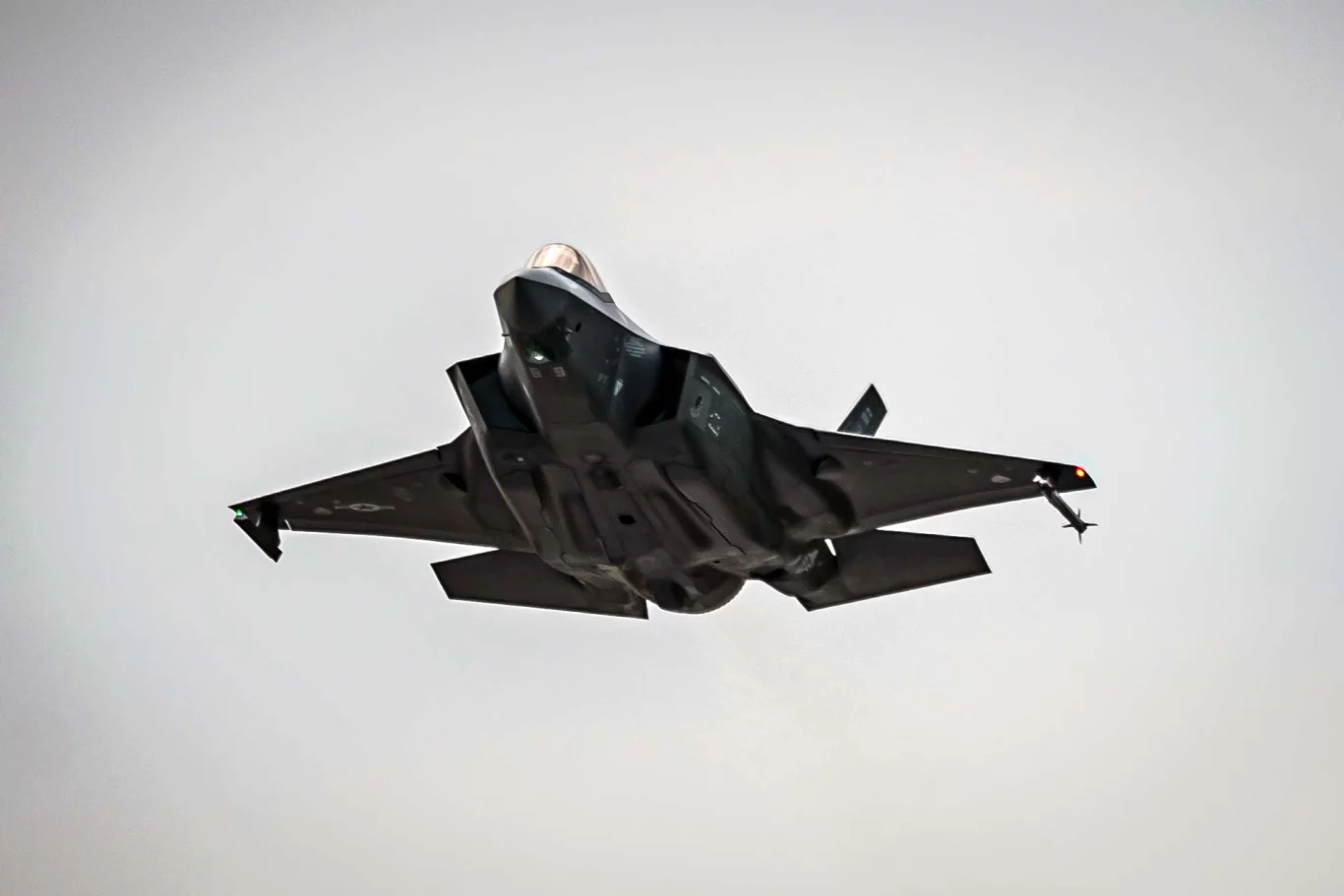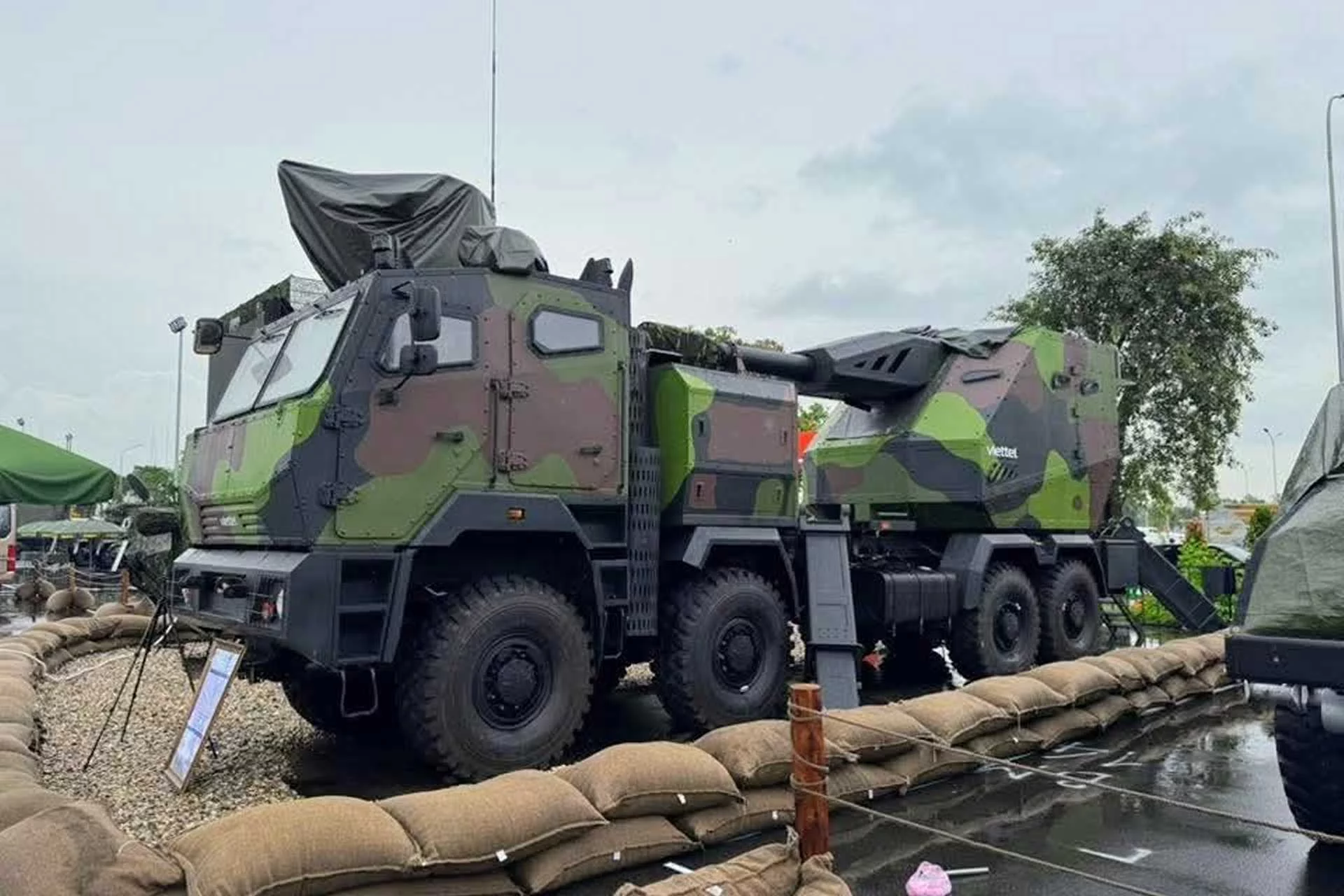In a critical development reflecting the enduring tensions in Eastern Europe and the Black Sea region, a U.S. Air Force RQ-4B Global Hawk high-altitude, long-endurance (HALE) uncrewed aerial vehicle (UAV) has reportedly resumed its vital surveillance missions over the Black Sea. This return to persistent operations is a clear signal of continued U.S. and NATO commitment to intelligence gathering in a highly sensitive area, particularly concerning the tracking of Russian missile movements and broader military activities. The Global Hawk, often described as an “eye in the sky,” provides invaluable real-time data, offering unparalleled situational awareness crucial for regional stability and informing allied defensive postures.
The RQ-4B Global Hawk is not just any drone; it is a strategic intelligence asset. Flying at altitudes exceeding 60,000 feet, far above the reach of most conventional air defenses, it can conduct continuous surveillance over vast areas for more than 30 hours. Equipped with an array of sophisticated sensors, including high-resolution synthetic aperture radar (SAR), electro-optical/infrared (EO/IR) cameras, and signals intelligence (SIGINT) payloads, the Global Hawk can collect imagery, track moving targets on the ground and sea, and intercept electronic communications. This makes it an indispensable tool for monitoring activities in regions of strategic importance.
The Black Sea region has been a focal point of geopolitical friction, especially since the ongoing conflict in Ukraine. Russian naval activities, the deployment of missile systems, and troop movements in Crimea and surrounding areas necessitate constant vigilance. The presence of a Global Hawk allows for persistent monitoring of these developments, providing critical early warnings of potential escalations. Tracking Russian missile systems, in particular, is a high-priority mission. This includes identifying their locations, monitoring their readiness status, and observing any operational patterns that could indicate intent or a shift in posture. This intelligence is then shared with NATO allies and partners, enabling a coordinated response and enhancing collective security.
The resumption of these surveillance flights after any potential hiatus underscores the dynamic nature of intelligence operations in contested environments. Such pauses could be due to maintenance, operational shifts, or even tactical considerations related to perceived threats. However, the return to regular flights signals a renewed emphasis on maintaining an uninterrupted intelligence picture, indicating that the need for real-time data on Russian activities remains paramount. The sheer endurance of the Global Hawk means that it can provide continuous coverage over key areas, building a comprehensive understanding of the operational environment over time – something that episodic flights cannot achieve.
For NATO, the Global Hawk’s mission over the Black Sea serves several critical functions:
- Situational Awareness: It provides an unmatched understanding of Russian military dispositions, maritime movements, and air defense networks.
- Deterrence: The visible presence of a U.S. intelligence asset sends a clear message of allied commitment to monitoring and responding to regional threats.
- Decision Support: The collected intelligence directly informs military planners and policymakers, enabling them to make timely and accurate decisions regarding defensive measures, force posture, and diplomatic engagement.
- Maritime Domain Awareness: Beyond land-based threats, the Global Hawk is crucial for tracking naval vessels, particularly Russian warships operating in the Black Sea, monitoring their movements and any unusual activities. This is vital for maintaining maritime security in international waters.
The operational environment over and around the Black Sea is not without risk. While the Global Hawk flies at extreme altitudes, electronic warfare (EW) capabilities and long-range air defense systems deployed by Russia pose potential challenges. Operating in this theater requires careful planning, constant threat assessment, and sophisticated countermeasures to ensure the safety and effectiveness of the mission. The experience gained from these missions also contributes significantly to the evolution of HALE UAV tactics and technologies, pushing the boundaries of autonomous aerial reconnaissance.
The importance of this ongoing surveillance cannot be overstated. In an era of rapid information flow and complex geopolitical maneuvers, accurate and timely intelligence is the bedrock of effective defense and diplomacy. The RQ-4B Global Hawk’s continued presence over the Black Sea is a testament to the U.S.’s enduring commitment to its allies and partners, providing the eyes and ears necessary to navigate the intricate security landscape of Eastern Europe. Its mission is not just about tracking missiles; it’s about providing the information that allows for informed decisions, de-escalation where possible, and robust defense when necessary. The “eye in the sky” remains firmly fixed on the evolving situation, a silent guardian in a tumultuous region.



